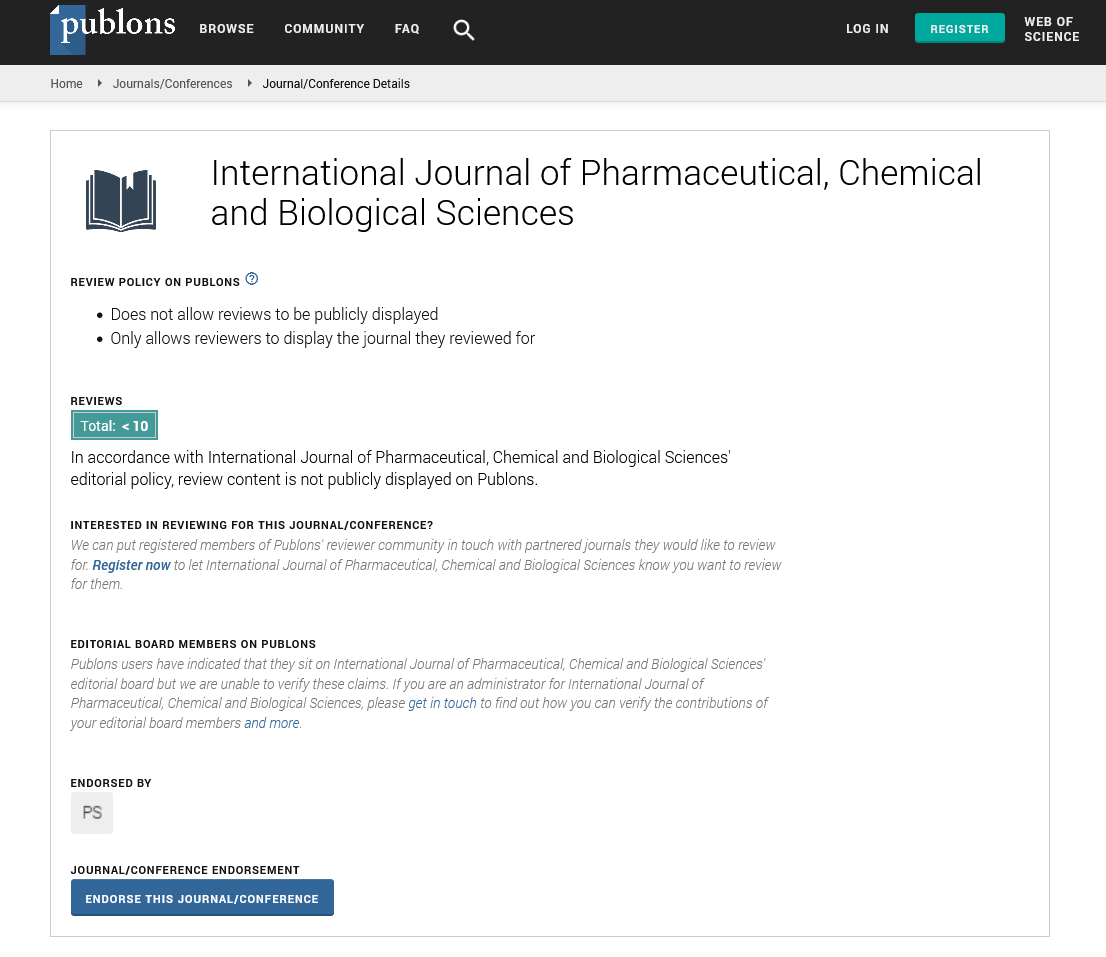Abstract
Author(s): SmitaPatra
Dihydropyridines are the fastest growing class of calcium channel blockers. They act on slow L-type channels and are widely used for their property of vascular relaxation, particularly for variant angina, chronic stable angina and hypertension. They have potent antihypertensive effects. They have a greater selectivity for vascular smooth muscle than for myocardium and therefore their main effect is vasodilation. Nifedipine is a dihydropyridine calcium-channel blocker. It blocks the slow Ca channels on cell surface and prevents flow of Ca ions into the cells. It causes peripheral and coronary vasodilatation and reduction in afterload, peripheral resistance and blood pressure, but with consequent increase in blood flow and reflux coronary increase in heart rate. This leads to an increased supply in myocardial oxygen and cardiac output. They are non-rate-limiting with little or no action at the SA or AV nodes and negative inotropic activity is rarely seen at therapeutic doses. The synthesis of Nifedipine isbased upon the classical Hantzsch 1, 4-dihydropyridine synthesis, i.e. the reaction of 1mole 2-nitrobenzaldehyde with 2moles methyl acetoacetate and 1mole concentrated aqueous ammonia in refluxing methanol which leads to the formation of Nifedipine. The estimation of Nifedipine was done by HPTLC method. HPTLC is becoming a routine analytical technique due to its advantages of low operating cost, high sample throughput and need for minimum sample clean up. The present analytical method is accurate, simple, precise, specific and reproducible for the estimation of Nifedipine in bulk drug and capsule dosage form.

